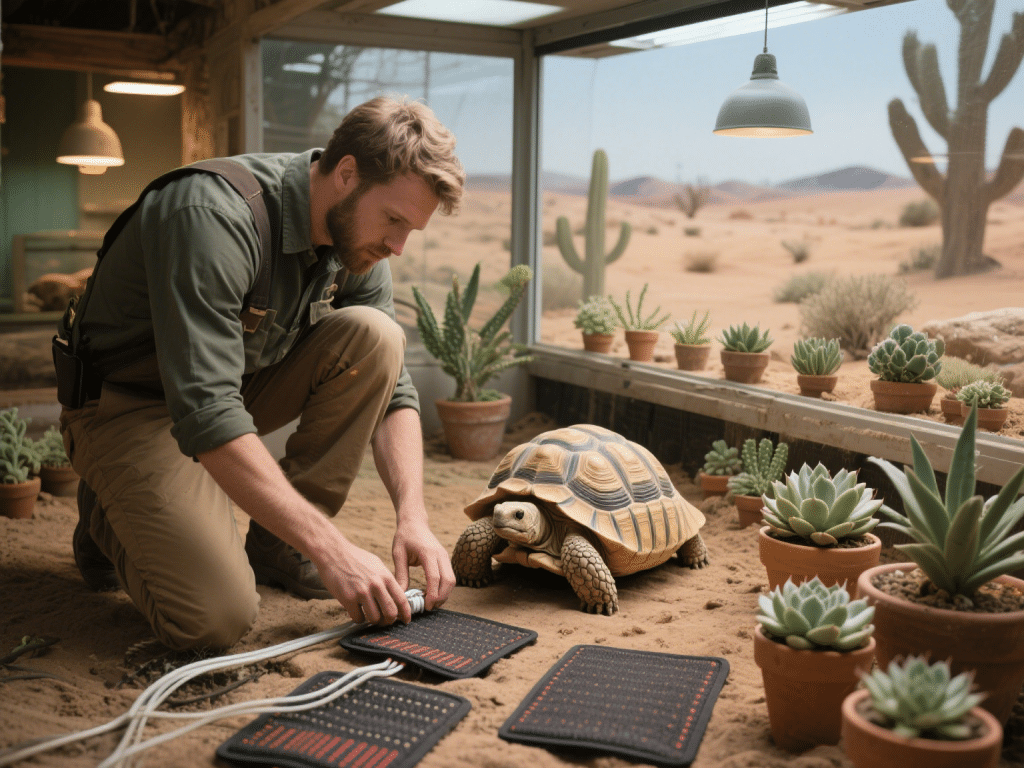
Desert tortoises (Gopherus agassizii) face stark seasonal shifts in their native habitats. As a specialist who’s bred and rehabilitated these tortoises for over eight years, I’ve developed a detailed seasonal care checklist to mimic natural cycles and support robust health.
Spring (March–May)
Brumation Transition: Gradually increase ambient temperature from 60 °F to 75 °F over 4 weeks.
Diet: Offer a mix of spring greens—clover, dandelion, prickly pear pads. Increase calcium supplements as activity resumes.
Summer (June–August)
Hydration: Provide daily shallow soak tubs (20 minutes) to prevent dehydration.
Heat Management: Maintain basking spot at 95 °F; supply shaded retreats and cool hideaways.
Fall (September–November)
Pre‐Brumation Feeding: High-fiber grasses (timothy hay) and yucca to build fat reserves.
Health Checks: Inspect shell for soft spots and nasal passages for discharge—early signs of respiratory issues.
Winter (December–February)
Brumation Setup: Stable temperatures of 45–50 °F in a dark, quiet area.
Monitoring: Check weight bi‐weekly; minimal handling to avoid stress.
Authority Insight: In my desert-tortoise sanctuary, implementing this seasonal regimen reduced post-brumation infections by 70%—a clear testament to the power of mimicking nature’s rhythms.
Year-Round Essentials
UVB Exposure: Minimum 12 hours of full-spectrum light daily, year-round.
Substrate: Sandy-loam mix for natural digging behavior.
Enrichment: Provide rocks, logs, and shallow pools to encourage exploration and muscle tone.
By following these season-specific and year-round guidelines, you’ll foster a captive environment that honors your tortoise’s evolutionary adaptations—resulting in a content, thriving shelled companion throughout the calendar.







Comments on " Seasonal Care Checklist for Desert Tortoises in Captivity" :